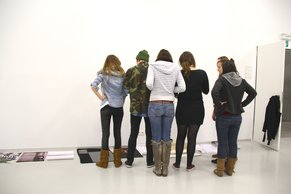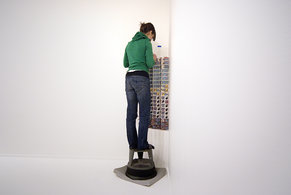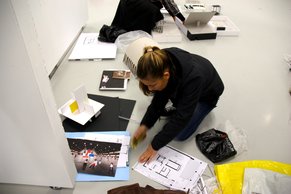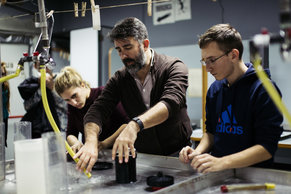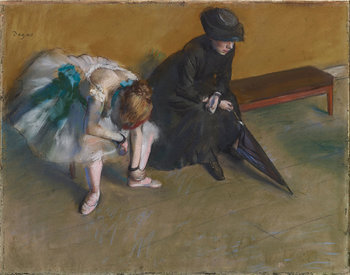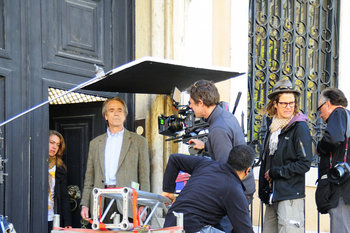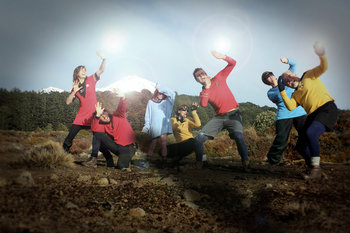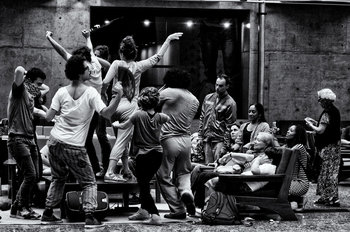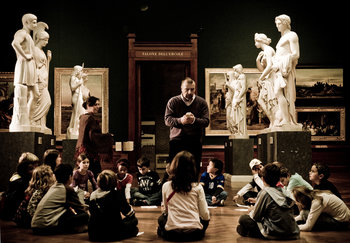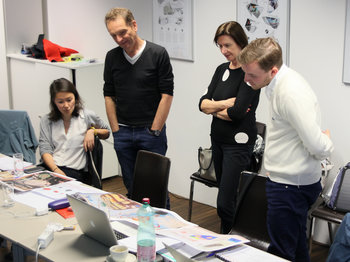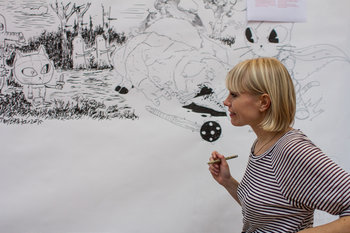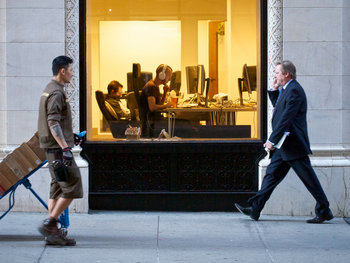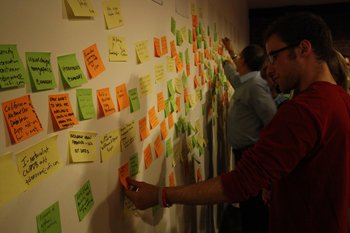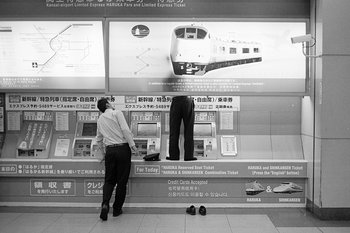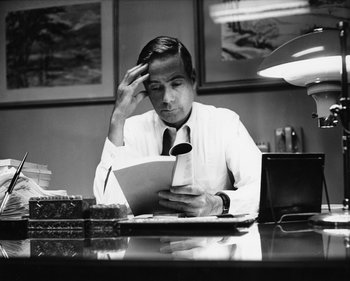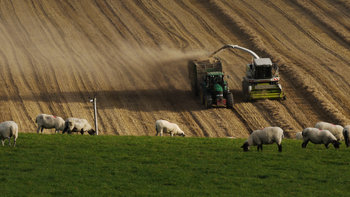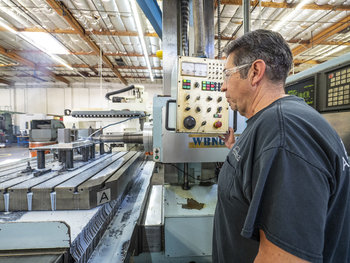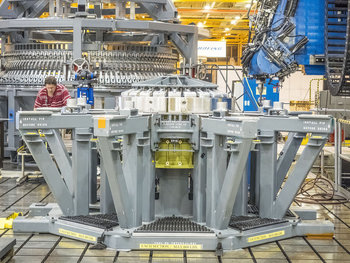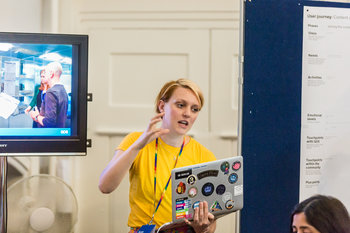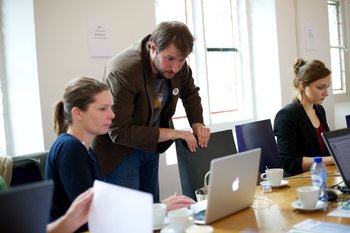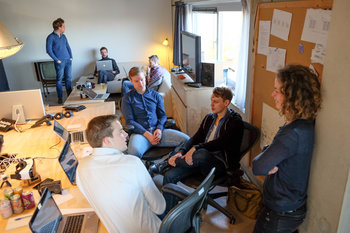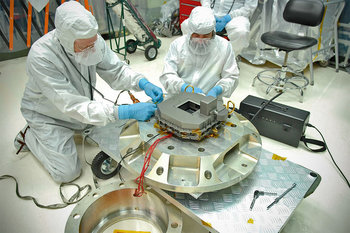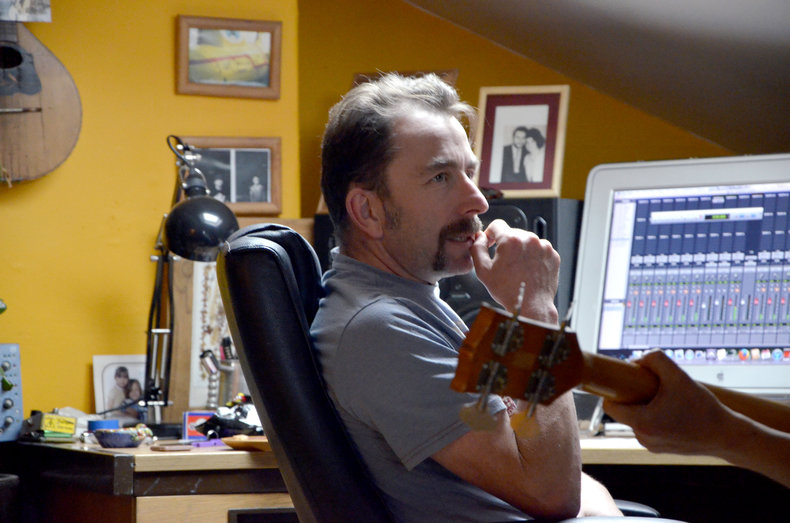
Messy Desk
Ignoring any tedious administrative and clerical tasks to get lost in your core work. When administrative tasks are necessary they are separated from creative work. Multitasking on music composition and tax preparation isn't likely to go well.Work Ritual
It is common for creative professionals to have rituals that they consider important to their creative frame of mind. For example, Ernest Hemingway often wrote while standing. Common rituals include a favorite beverage, mise en place, listening to music and taking steps to avoid interruption such as switching off notifications.Backlog
Always working on your most urgent or valuable project with a backlog and prioritization. It is productive to have a large backlog of things that you'd like to do, even if most will never reach the top of your list.Constraints
Imposing constraints on a project to improve productivity or to stimulate creativity. Making a suboptimal decision and moving ahead can be more productive than overthinking.Brainstorming
Letting ideas flow out without constraint. Often useful to get in a creative frame of mind.Improvisation
Performing or creating something original without preparation. The term improvisation implies a group activity where members build on each others ideas.Productive Assumptions
Making assumptions that will motive you, even if they are unrealistic. For example, the assumption that your coworkers are all on your side and want to see you succeed. It isn't necessarily true but may allow you to be optimistic, productive and creative.Creative Control
Clear roles are important to productivity for collaborative creative work. For example, avoiding design by committee with a role such as creative director who makes the final call on all creative decisions.Process
Experimenting with your creative process to find things that work or don't work.| Overview: Creative Productivity | ||
Type | ||
Definition | The value of creative work produced in a day. | |
Related Concepts | ||

